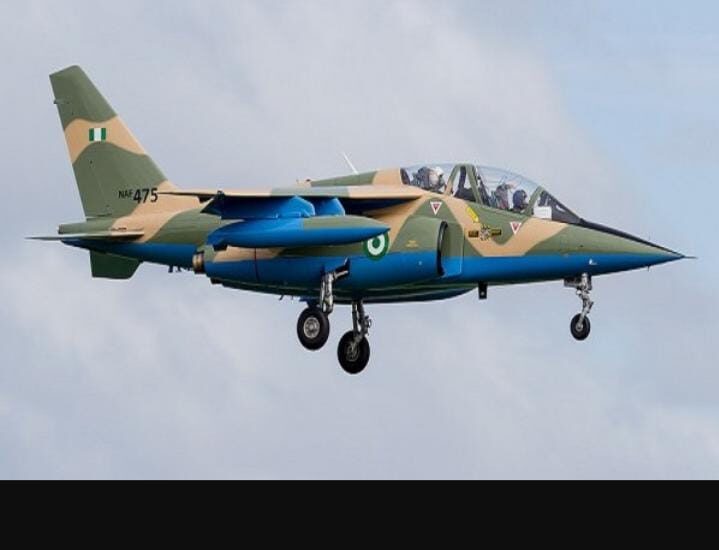
The province of Balochistan in Pakistan has been a focal point of violence and unrest for decades, and the recent attacks that left 74 people dead have once again brought the region’s instability into the international spotlight. To understand the root causes of these tragic events, one must delve into the complex socio-political and historical factors that have shaped Balochistan’s turbulent landscape.
A Brief Overview of Balochistan
Balochistan is Pakistan’s largest province by area but the least populated. It is rich in natural resources, including gas, oil, and minerals, yet remains one of the most impoverished regions in the country. The province has long been marked by a sense of alienation and neglect, which has fueled a separatist insurgency and sporadic violence for over seven decades.
The Historical Roots of the Conflict
The origins of the conflict in Balochistan can be traced back to the region’s accession to Pakistan in 1947. Many Baloch nationalists believed that their region was coerced into joining Pakistan, and this sentiment has continued to simmer, leading to several insurgencies over the years. The current wave of violence is a continuation of this long-standing struggle, with Baloch nationalist groups seeking greater autonomy or outright independence from Pakistan.
The Role of Separatist Groups
Various Baloch separatist groups, such as the Baloch Liberation Army (BLA), have been actively involved in an armed struggle against the Pakistani state. These groups claim to be fighting for the rights and resources of the Baloch people, who they argue have been systematically marginalized by successive Pakistani governments. The BLA and other militant outfits have been responsible for numerous attacks on Pakistani security forces, infrastructure projects, and even civilians, often targeting individuals or entities they view as symbols of Pakistani authority.
The Impact of CPEC and Regional GeopoliticsThe China-Pakistan Economic Corridor (CPEC), a massive infrastructure project that aims to connect China’s Xinjiang region with Pakistan’s Gwadar port in Balochistan, has added a new dimension to the conflict. While the Pakistani government touts CPEC as a game-changer for the country’s economy, many Baloch nationalists see it as a further exploitation of their resources without adequate benefits to the local population. This has led to an increase in attacks on CPEC-related projects and Chinese nationals working in the region.Geopolitically, Balochistan’s strategic location has also attracted the interest of regional and global powers. Pakistan has accused India of supporting Baloch separatists as a means to destabilize the country, a claim India denies. The involvement of external powers has further complicated the conflict, making it more challenging to resolve.
The Recent Surge in Violence
The recent attacks that claimed 74 lives are part of an escalating cycle of violence in the province. On one hand, there are targeted operations by Pakistani security forces against separatist militants, which often result in civilian casualties and fuel resentment among the local population. On the other hand, separatist groups continue their attacks, further destabilizing the region and leading to loss of life and property.The intensity of the recent violence has raised concerns about the potential for a broader escalation, especially if the Pakistani government intensifies its military response. There are also fears that the conflict could spill over into neighboring regions, further destabilizing the already volatile border areas with Iran and Afghanistan.
The Humanitarian Toll
The ongoing conflict in Balochistan has taken a severe toll on the local population. Thousands of people have been killed, and many more have been displaced. The region’s infrastructure is in ruins, and there is a severe lack of basic services like healthcare and education. Human rights organizations have documented numerous cases of enforced disappearances, extrajudicial killings, and other abuses by both state forces and militant groups.The humanitarian crisis in Balochistan is often overshadowed by other conflicts in the region, but it remains a critical issue that needs urgent attention. The recent attacks are a stark reminder of the human cost of the conflict and the need for a comprehensive approach to peace and development in the province.
The Way Forward: Is There a Path to Peace?
Resolving the conflict in Balochistan requires a multi-faceted approach that addresses the political, economic, and social grievances of the Baloch people. This includes meaningful political dialogue between the Pakistani government and Baloch representatives, fair distribution of resources, and significant investments in the region’s development.International actors can also play a role in facilitating dialogue and providing humanitarian assistance, but ultimately, the solution must come from within Pakistan. Without addressing the root causes of the conflict, the cycle of violence is likely to continue, with devastating consequences for the people of Balochistan.ConclusionThe recent attacks in Balochistan that left 74 people dead are a tragic reminder of the enduring conflict in the province. While the violence has deep historical roots, it is exacerbated by contemporary issues such as economic exploitation, geopolitical interests, and a lack of meaningful political engagement. To prevent further bloodshed, it is crucial for all stakeholders to work towards a peaceful and just resolution of the conflict, one that recognizes and addresses the legitimate grievances of the Baloch people.
Related articles
Deadly Storms Ravage Pakistan And Afghanistan
Deadly Floods Leave Millions Stranded in Bangladesh: A Catastrophe Unfolds
Devastation Strikes Taiwan: Deadly Earthquake Claims Lives and Causes Widespread Destruction
Russia’s Shiveluch Volcano Erupts After Powerful Earthquake
Militant Attack Claims Lives of 10 Police Officers in Northwest Pakistan Ahead of Elections
Subscribe to Follow Global Trends for daily global news.
Make Money Online Working Remotely
To Advertise, send a mail to advertise@followglobaltrends.com
Find Out How To Make Money As A Full Time Writer/Blogger
Written by: Enyoghasi Ngozi pricillia


